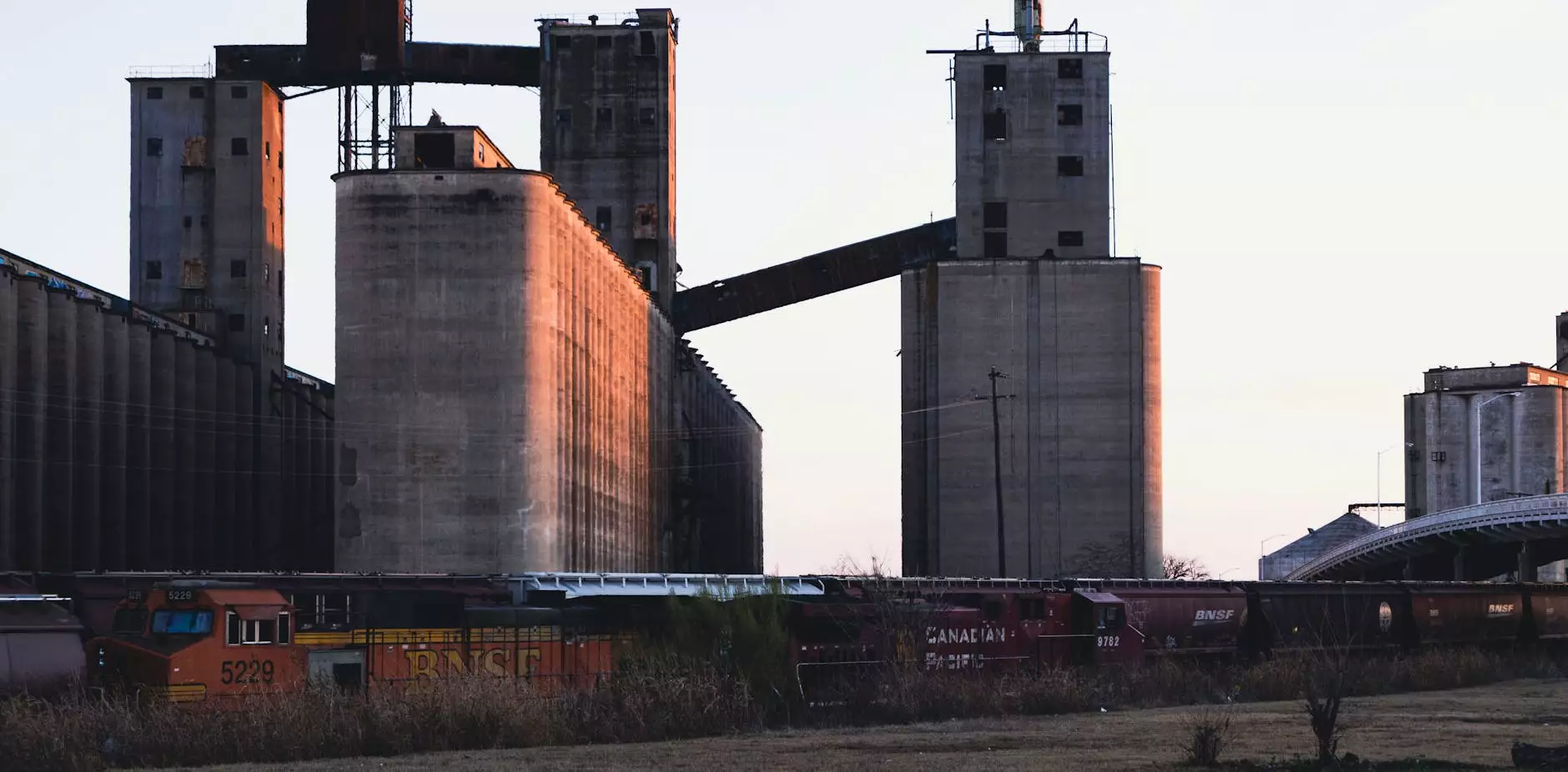Understanding The Difference Between Sprains, Strains, and Fractures
Orthopedic Surgery
The Importance of Knowing the Difference
When it comes to musculoskeletal injuries, it is crucial to understand the difference between sprains, strains, and fractures. These injuries can occur in various scenarios, from playing sports to simple accidents, and knowing how to identify and treat them can greatly impact recovery time and prevent further damage.
What is a Sprain?
A sprain is an injury to a ligament, which is the tissue that connects bones to each other and provides stability to joints. Ligaments are responsible for preventing excessive movement and maintaining proper alignment. When a sprain occurs, the ligament is stretched or torn, causing pain, swelling, and difficulty in moving the affected joint. Sprains commonly occur in the ankles, wrists, and knees.
Understanding Strains
Unlike sprains that affect ligaments, strains are injuries to muscles or tendons. Muscles are responsible for generating force and movement, while tendons connect muscles to bones. When a strain occurs, the muscle fibers or tendons stretch or tear, leading to pain, stiffness, and weakness in the affected area. Common sites for strains include the hamstring muscles, back muscles, and shoulder muscles.
The Complexity of Fractures
Fractures, also known as broken bones, are more severe injuries that involve the complete or partial breakage of a bone. Fractures can range from hairline fractures, which are small cracks in the bone, to complete fractures where the bone is completely separated. The severity of a fracture depends on the location, type, and extent of the break. Fractures may cause intense pain, swelling, deformity, and difficulty in moving the affected area.
Differences in Symptoms
While sprains, strains, and fractures all result in pain and swelling, there are some key differences in the symptoms that can help differentiate between the three:
- Sprain symptoms may include bruising, tenderness, and instability in the joint.
- Strain symptoms may involve muscle spasms, muscle weakness, and cramping.
- Fracture symptoms may include visible deformity, bone protrusion, and an inability to bear weight on the affected limb.
Diagnosis and Treatment Options
Proper diagnosis is essential to determine the extent of the injury and provide appropriate treatment. If you suspect a sprain, strain, or fracture, it is recommended to seek medical attention promptly. A qualified orthopedic specialist, like Bowling Orthopaedics, can conduct a thorough examination, order imaging tests, and provide an accurate diagnosis.
Depending on the severity of the injury, treatment options may vary. Non-surgical approaches, such as rest, ice, compression, and elevation (RICE), are often effective for mild to moderate sprains and strains. Physical therapy and rehabilitation exercises can aid in restoring strength and mobility.
Fractures, on the other hand, may require more intensive treatment, depending on the specific type and location. Options can range from immobilization with a cast or splint to surgical interventions such as fracture reduction, internal fixation, or external fixation. Bowling Orthopaedics specializes in personalized treatment plans tailored to each patient's unique needs.
Prevention and Recovery
While accidents happen, there are measures you can take to minimize the risk of sprains, strains, and fractures:
- Always warm up before exercising or participating in sports activities.
- Use proper techniques and equipment during physical activities.
- Wear supportive footwear and protective gear.
- Gradually increase intensity and duration of physical activities.
- Listen to your body and take breaks when needed.
Recovery times vary depending on the extent of the injury and individual factors. It is essential to follow medical advice, complete recommended rehabilitation exercises, and attend follow-up appointments for a successful recovery.
Why Choose Bowling Orthopaedics?
Bowling Orthopaedics is a trusted name in the field of orthopedic care. With a team of highly skilled specialists and state-of-the-art facilities, we are dedicated to providing exceptional treatment and compassionate care to our patients.
Our experts specialize in sports medicine, offering comprehensive services to athletes and individuals with musculoskeletal injuries. We understand the unique demands of each sport and tailor treatment plans accordingly to promote optimal recovery.
When it comes to sprains, strains, and fractures, trust Bowling Orthopaedics for accurate diagnosis, effective treatment, and expert guidance. Contact us today to schedule an appointment or learn more about our services.




